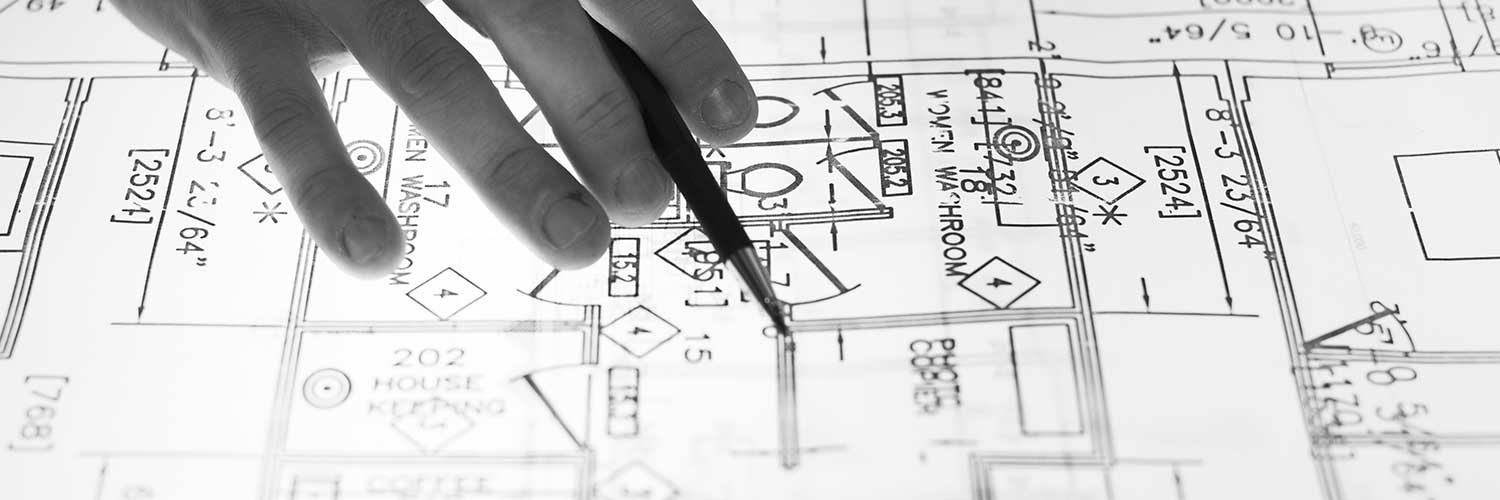When designing the layout of compressed air piping, following best practices can help ensure an efficient and effective system. Here are some best practices for compressed air pipe layout:
Plan for Future Expansion: Consider potential future expansion of your compressed air system. Leave room for additional equipment, increased capacity, or changes in the layout. Anticipating future needs can help minimize the need for extensive modifications down the line.
Minimize Pipe Length: Keep the pipe lengths as short as possible to minimize pressure drops. Longer pipes result in higher friction losses and reduced efficiency. Plan the layout to create the most direct path between the compressor and the end-use equipment.
Avoid Sharp Bends and Obstructions: Use gentle curves and gradual bends in the piping layout instead of sharp angles. Sharp bends can cause pressure drops and turbulence, reducing the performance of the system. Eliminate obstructions, such as unnecessary fittings or valves, which can hinder airflow and increase pressure losses.
Support the Pipes Properly: Adequately support the pipes to prevent sagging or stress that can lead to leaks or structural issues. Install pipe hangers or clamps at regular intervals to ensure the pipes are secure and maintain their alignment. Consider expansion joints or flexible connectors to accommodate thermal expansion and vibrations.
Provide Drainage Points: Incorporate proper drainage points in the system to remove moisture and condensate. Install drain valves or traps at low points or where condensation is likely to occur. Proper drainage helps maintain the quality of compressed air and prevents water buildup, which can lead to corrosion and damage.
Consider Zoning and Looping: Divide the system into zones based on usage or pressure requirements. This allows for better control and regulation of airflow. Consider looped designs, where the main pipe branches out into smaller loops, to minimize pressure drops and ensure consistent airflow to different areas of the system.
Label and Mark the Piping: Clearly label and mark the pipes for easy identification. Use color coding or labels to distinguish between different sections, equipment connections, or pressure zones. Proper labeling simplifies maintenance, troubleshooting, and ensures safety during operations.
Allow Accessibility for Maintenance: Ensure that all components and connections are easily accessible for maintenance and repairs. Leave enough space around equipment and fittings to allow for easy inspection, cleaning, and replacement.
Follow Local Codes and Standards: Adhere to local codes, regulations, and industry standards specific to compressed air system installations. Local guidelines may dictate requirements for pipe materials, fittings, pressure ratings, and safety measures. Consulting with professionals or engineers familiar with local regulations can help ensure compliance.
By following these best practices for compressed air pipe layout, you can optimize the layout of your compressed air piping system, minimize energy losses, and enhance the overall performance and reliability of the system.



